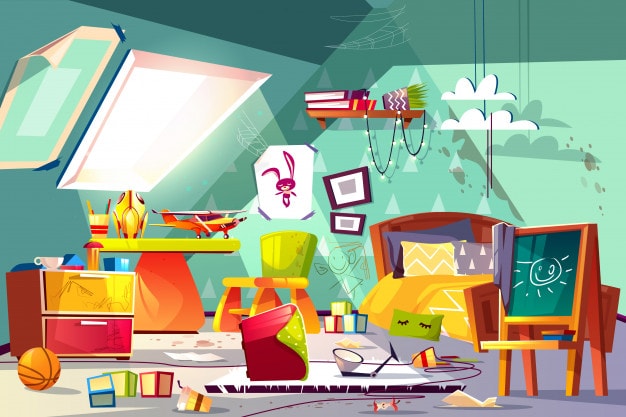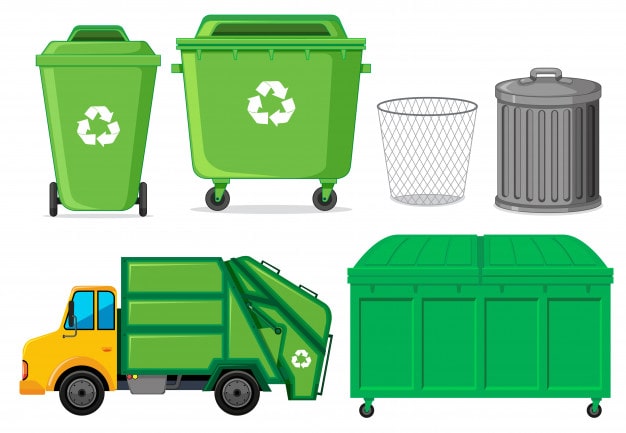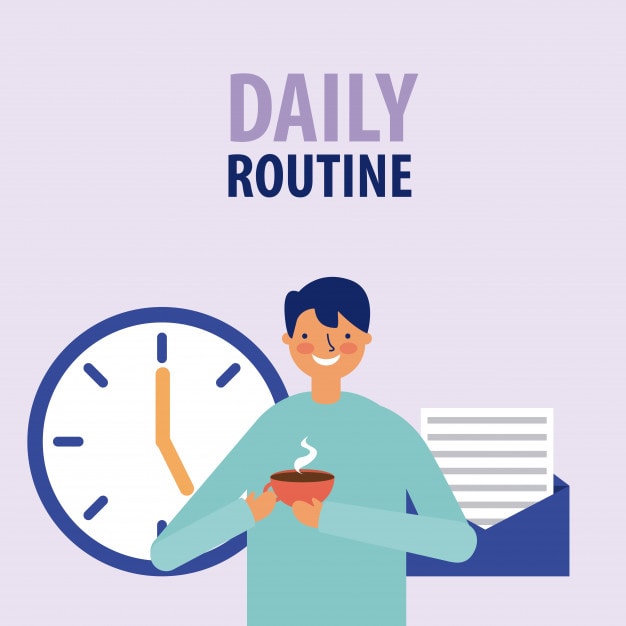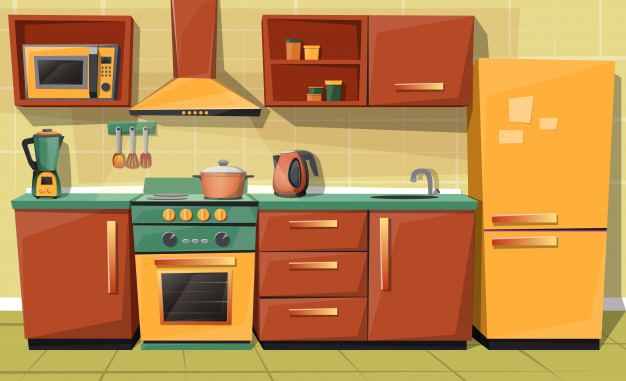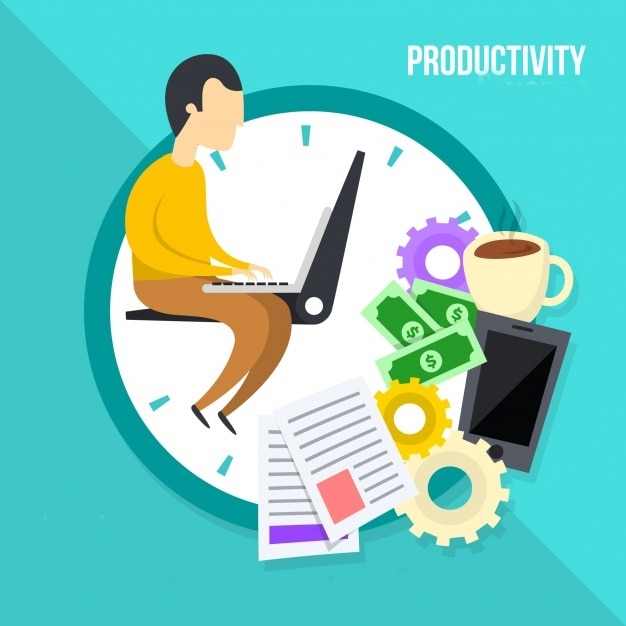
10 Practical Steps for Effective Decluttering and Minimalism

Transform your cluttered house into a peaceful haven with these 10 easy steps to decluttering From identifying your clutter to refining your closet, kitchen, and medicine cabinets, this guide will help you maintain a clutter-free home Enjoy the benefits of enhanced productivity, reduced anxiety, and financial pressure, and free up your schedule with a decluttered space
Is your home cluttered with too much stuff? Do you struggle to find things when you need them? If you find yourself constantly adding to the chaos, it's time to consider a serious decluttering effort.
As a homeowner, it's crucial to maintain an organized living space for the benefit of all occupants. A tidy home not only promotes a sense of well-being but also enables easy access to all your belongings, making life much more convenient. At times, achieving a well-organized home may seem unattainable, but with our assistance, we can help you turn that dream into a reality.
Why is Decluttering important?
Are you tired of the clutter in your home? Let's explore some simple tips to help you declutter your space and maintain a clutter-free environment. Follow these steps to achieve a more organized and stress-free home.
Having the thing you want within easy reach is a dream come true for many people. By organizing your home and keeping it clutter-free, you may not necessarily have it right at your fingertips, but you'll be able to locate it quickly and easily when you need it.
A proper Decluttering also helps you sort your stuff right. We hope you do not want to keep anything that you merely use. Sort the things and give them away with Decluttering.
10 Easy Steps to Start Decluttering
Embarking on a major decluttering project can be overwhelming, but it all begins with taking that first small step. Start by implementing these helpful tips to tackle the clutter on your couch and get started on the journey towards a more organized home.
1. Know your clutter better
It is essential to know what you are going to face before you face it.
Analyze your clutter and understand its nature. Is it a result of excessive purchases, a lack of organization, or a tendency to hold onto old items? Perhaps you are feeling overwhelmed in your personal or home life, and the clutter has become unmanageable. Take the time to identify the root cause of your clutter before attempting to tackle it.
It's essential to have a grasp on your persistent anxieties. While it's not feasible to analyze every single concern, it's important to absorb as much information as possible. Your tendency to worry about hypothetical scenarios may lead you to hold onto everything, but it's crucial to discern what's truly valuable and worth keeping.
2. Ask these three questions before you start
Consider asking yourself the following questions for each item: "Is it a true necessity?" and "Do I have a genuine love for it?" Additionally, ask yourself, "Would obtaining this item come at the cost of my inner peace?" These answers will aid in determining whether to keep or release the item in question.
Do you ever wonder why you keep certain things in your house? Asking yourself this question can help you recognize the importance of your belongings. By understanding what is truly necessary, you can better distinguish between the items that serve a purpose and those that do not. This can lead to a greater appreciation for the things you have and a clearer understanding of why they are important in your home.
3. Warm-up doing Trash bag Tango
For those who find clutter overwhelming, this exercise is a simple solution to follow. Grab two trash bags - one for superficial clutter and the other for items to donate to charity. This way, you can easily separate what you want to keep from what you can let go of.
As you begin filling the first trash bag, you'll find that it becomes easier to differentiate between items that you truly need and those that are simply taking up space. Once the first bag is full and disposed of, the second bag can be used for larger items like books or clothing that are no longer of use to you.
4. Get a hold on papers
To avoid starting a task you cannot finish, create a mail basket and place all your letters there. Once you have completed your work, sort the mails into different categories such as coupons, invitations, vouchers, and more.
Sort out the piles of papers cluttering your workspace by utilizing this technique. Any paper cuttings, invitations, postcards, or messages that serve no purpose can be easily disposed of in your recycle bin. Simply set them aside and tackle them when you have designated time for paperwork. Remember, recycling is always an option for these items.
5. Do not cheat on your Decluttering routine later
Now, all the above steps will never come to a right end if you cheat on your method. You have to maintain the Decluttering routine if you want your home to stay organized.
It is crucial to maintain consistency when committing to a decluttering routine. Just like following a strict laundry routine, forgetting a step can result in undesired consequences. Stick to your plan and avoid deviating from it to achieve the desired outcome.
6. Maintain the F.A.S.T method
Following the F.A.S.T method can assist you in maintaining a consistent routine for de-cluttering your home. F stands for fixing a specific time, A suggests letting go of any items that have not been used in over a year, S advises returning borrowed items, and T emphasizes taking out the trash. This method ensures that you efficiently and effectively de-clutter your home by addressing the factors that often distract us from the task at hand. By adhering to this method, you will successfully de-clutter your home and maintain a clean and organized living space.
7. Apart from the unnecessary pas
Eliminate the unnecessary remnants of your past. We all have certain things that we no longer value, yet cling onto due to sentimental attachment. It's time to release them and move on.
Keeping sentimental items in your home can be a way to hold onto cherished memories, but if they serve no purpose, it may be time to let them go. Whether it's a candy wrapper or a piece of clothing from someone special, their sentimental value can fade over time. Remember, people are more important than possessions, so if you have the person in your life, the physical reminder may not be necessary.
8. Refine your smart closet way
Take a closer look at your wardrobe and distinguish the clothes that you frequently wear from the ones that have been collecting dust for over a year and will likely continue to do so. Be honest with yourself and let go of the latter group of items.
Well-pressed garments such as suits, blazers, and dresses are best kept on hangers for proper storage in your closet or wardrobe. Other clothing items can be neatly stacked on top of each other.
9. Freshen up your kitchen with a one-month cardboard box
Empty out your kitchen and store everything in a box. Retrieve an item only when you need it and place it back in its designated spot once you are finished. This method will assist you in efficiently organizing your kitchen.
If there are items in your kitchen that you rarely use, consider storing them away and only bringing them out when you need them. If you find that you haven't used them in four months or more, it may be time to donate or dispose of them. This can help you declutter your kitchen and make it easier to find the items you use regularly. Give it a try and see how it can simplify your cooking routine.
10. Clear your medicine cardboard
Get rid of expired medicines, dirty bandages, and allergic creams. Simplify your belongings by keeping only the essentials. This decluttering method will not only make your home look cleaner, but also increase productivity. Consider implementing this rule monthly for optimal results.
How to prevent your home from Decluttering again?
Decluttering after a long time is not enough.
Regular maintenance is key to keeping your home looking beautiful, even if it already appears immaculate. Once you have finished decluttering, it's important to schedule a weekly decluttering session to keep things organized. Make sure to stick to your schedule and avoid skipping any sessions.
Take some time each day to visualize the appearance of your home and assess any new clutter that may have accumulated. Identify which items are essential and which ones are simply extras. Consider creating a "maybe" box for items that you don't currently need but believe may be useful in the future.
Transport the charity donations in your vehicle to free up space in your home. To avoid impulsive purchases and unnecessary clutter, consider maintaining a 30-day list. Whenever you feel the urge to buy something, add it to the list with the date and refrain from purchasing anything that hasn't been on the list for at least 30 days.
Now, let us have a look upon the benefits of Decluttering more comprehensively-
Key Benefits of Decluttering
1. It Will Help To Minimize Financial Pressures
Getting rid of unnecessary items is just the beginning of decluttering. It's important to also consider what new items you bring into your home, especially if you tend to make impulse purchases. Creating a weekly list of planned purchases and budgeting for them can help prevent clutter from accumulating again.
Mark the items on your list as either necessary or optional, but don't be too rigid in depriving yourself. Focus on choosing things that will bring you long-term happiness.
2. It Will Help To Minimize Anxiety
Start by cleaning one area at a time and gradually work your way through the entire house. This will not only reduce stress but also give you a sense of accomplishment and pride in your home.
Try breaking down the decluttering process into smaller, manageable tasks that can be completed daily. For example, set aside one day to tackle your junk mail and another day to go through your clothes. Continue this pattern until the entire task is accomplished successfully.
3. It Will Help To Enhance Your Productivity
It is undeniable that our homes can provide the perfect environment for productive brainstorming. Free from the distractions and pressures of the workplace, our minds are able to explore new solutions to previously unsolved problems.
During the "incubation period," as some neuroscientists call it, you have the freedom to riff without the pressure of deadlines or input from colleagues. This time of uninterrupted creativity can lead to increased productivity and innovation if you are in a positive mindset. Conversely, if you are feeling confused or distracted, productivity may suffer.
4. It Will Help To Free Up Your Schedule
Make your home a place of peace and rest by decluttering it. If you find yourself frantically searching for your keys or wallet in the morning, chances are your home is in a complete mess, making it an irritable place to be. To avoid this, ensure that you make space for essential items like your Smartphone and keys during the decluttering process. This will make it easier for you to find them without any hassle.
Final Thoughts
Decluttering your home is the first step toward Decluttering your life.
Decluttering is an essential step towards achieving a clean and organized living space. By following the simple steps outlined above, you can easily transform your cluttered home into a tidy sanctuary. Don't wait any longer - start decluttering today!
